How to Use the Roadmap for Ongoing Census Actions, Year After Year
The 10 years between each decennial census are filled with actionable milestones that help you and your organization serve your audiences, communicate needs, implement wise data-based decisions, and plan for the future. Options for interacting include selecting the current year to find out what’s happening now, going back a few years and catching up on the spectrum of resources, or looking into the future to plan for next steps.
Most milestones are hyperlinked to the data or event they describe, and each year’s group of milestones links to Action Lists for ideas about how you can mobilize your stakeholders. The examples supporting each milestone and year are based on and sourced from historical actions of organizations like yours to use, support, and strengthen the census, as well as Get Out The Count (GOTC).
Select the current year to review potential actions you can take now, or select past or future action years to catch up and plan for what is next. Most actions are cross-referenced for relevance to specific audiences. Some actions include references to examples from specific organizations like the U.S. Chamber of Commerce, the ACLU, and the NAACP.


